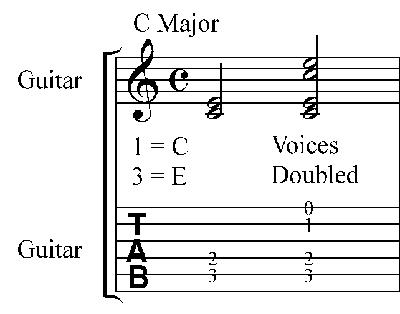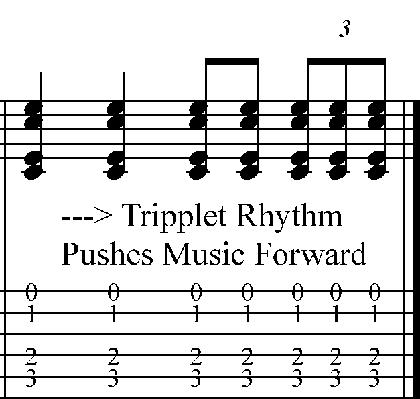
(Original Idea by Tom Hess)

Welcome back fellow artists to the second instalment of the “Pre-Composition series.” In the first article, I received many comments and e-mails asking for more information and a deeper explanation of the Pre-Composition process. Fortunately for those who have waited patiently, your concerns and questions will be answered in this article. My first article simply introduced the concept of Pre-Composition and then gave a small example at the end for the reader to ponder and decipher on they’re own. I did this because the topic of Pre-Composition is very large and it is easier to teach the “technique” in a series of articles rather than bombarding the reader with too much information all at once. Anyway, the primary objective of this article will be to go through and analyze the short example I gave in “The Art of Pre-Composition No.1” and explain how each line can be interpreted and how you can apply it to your actual composition.
When you first glance at this chart, you will most likely come to the following conclusions.
1. This Chart will affect the way the music will turn out.
2. The Emotion in this song will be uplifting/happy.
3. The level of “Happiness” changes throughout the piece.
These are all correct and accurate assumptions that can be deduced from looking at this chart superficially. However to attain our goal of understanding the Pre-Composition process, we must go into even more detail and provide a functional explanation of what we are seeing and how we can truly express everything we wish in our composition.
1. Yes, the chart above will completely affect the way the song turns out because it is a blueprint of our song. However, this is only one step/element out of many in the whole process of Pre-Composition (which I will explain in more detail in the next article).
2. Yes, the emotion in this song will be happy; however there are many varying degrees of happiness that can be expressed in the song, so we must understand how we can express every dip, curve, and rise in the lines formed in the chart.
3. Depending on the topic or subject you are composing about, the elements you use in the Pre-Composition process will change. For this example, our subject will be “The First Date.”
Reevaluation of the Example
As we take a closer look at the chart, we start off a little bit below what I consider “Average” happiness. Although it may seem a little unnecessary to go into this much detail at first, think of it like this. As a composer, you want to fully express everything in your song in as much detail as you possibly can and without these fine details, your song will be less expressive of the subject you are writing about. Just as an architect would go into detail with his blueprints, you should too with your Pre-Composition chart. Although the architect may want to construct a large building, I guarantee he will not just label his blueprints with, “Make the Building Big.” Instead, he will give very detailed information about how long every piece of wood or steel beaming is to be.
With this now understood, I believe we can all agree that there are varying degrees of happiness ranging from: I just got a free soda to – I just won the lottery.
I would rank our beginning a little bit higher than “I just got a free soda,” and because we are dealing with the topic of “The First Date,” we will say that we just got the number of the person we are going to go out with.


C. There are many other techniques and compositional things you can do to signify an increase or decrease in the line that expresses “Happiness,” and the great thing is that every interpretation and decision is yours to make. Here are a few other examples of things you can use to signify an increase or decrease in your chart’s line is (but not limited to): Tempo Change, Timbre Change, and Developing a Motive (Melody/Theme).
(It is also a good idea to have each instrument use a different expressive technique. For example: You could have the guitar playing a straight quarter note rhythm and have the bass do the end of the measure triplet rhythm instead of incorporating everything to the guitar.)
Now that I have explained in detail what a few of the dips and rises in that one simple line can implicate for your piece and how you can apply it musically; I believe you are now ready to practice making your own charts and eventually create your own song. Until next time, best wishes and keep composing fellow artists!
Copyright © 2006 Kole (Kyle Hicks). All rights reserved.
If you have any questions for Kole or would just like to know more about him and his work, you can visit his main site @ KoleMusician.com. (I answer all e-mail!)
E-Mail: Kole@KoleMusician.com
Kole’s Website: http://www.KoleMusician.com
Band’s Website: http://www.enigmatheband.com
